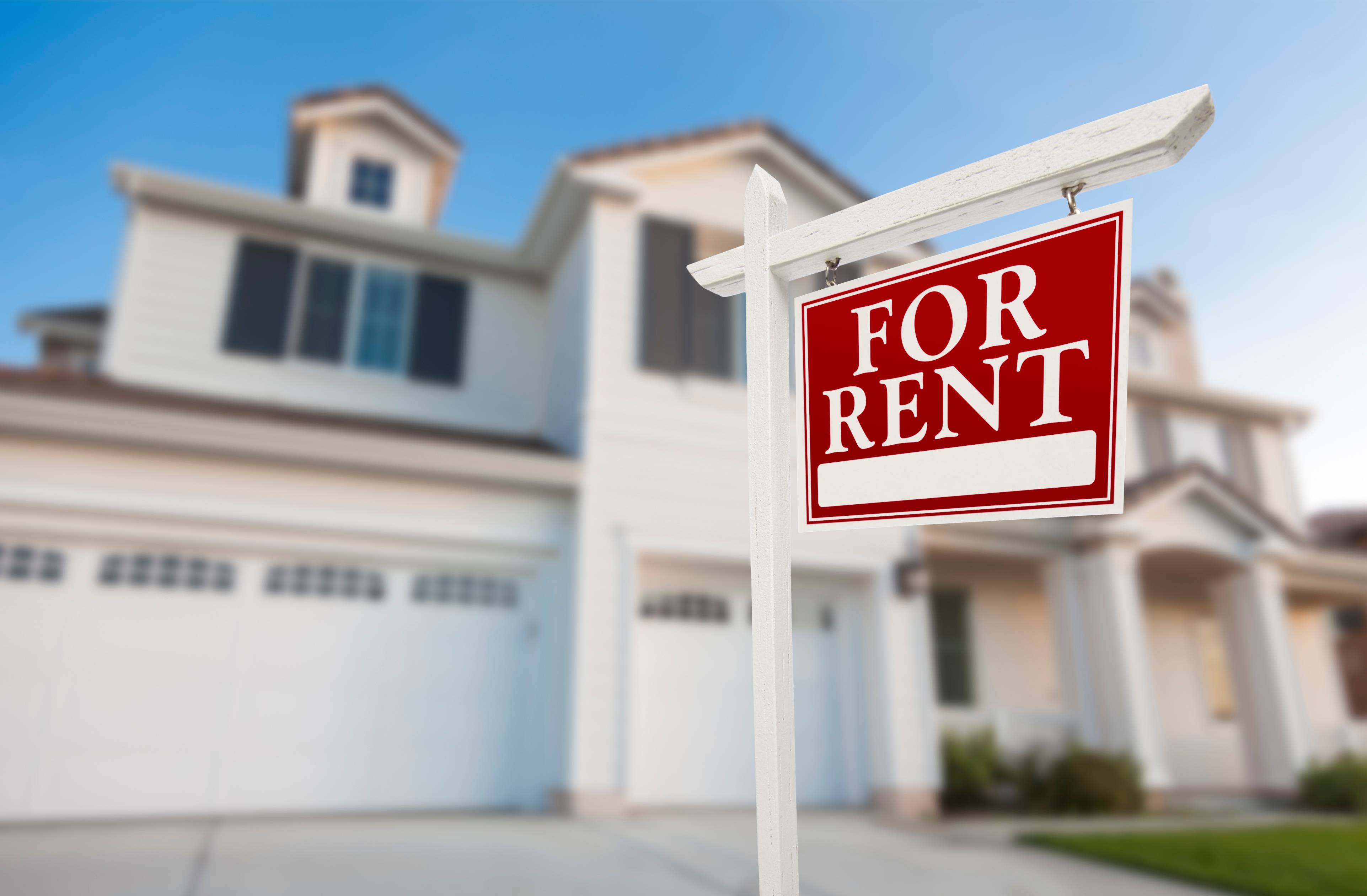Today’s Active Adults Are Redefining the Rental Market
The National Association of Home Builders says today’s seniors are considering rental opportunities as housing options.
According to the NAHB, developers and operators seeking to take advantage of increasing demand for active adult rental properties will benefit from certain investment characteristics. Rents tend to be higher, and active adult residents have longer tenure than occupants of conventional multifamily buildings. The average length of stay is six to nine years, and stabilized properties typically experience 80% retention rates year over year (versus 50% for traditional multifamily buildings). These factors make the active adult segment very attractive upon stabilization.
Active adult rental properties serve older Americans who wish to live in a multifamily setting with other residents who generally are more active than those in senior housing and care settings. Active adult residents seek a low-maintenance lifestyle that offers amenities, and opportunities to socialize and participate in activities with like-minded older adults.
Although the “active adult” definition will continue to evolve, these properties share several common characteristics:
- Age-eligible: Properties must restrict residents based on age. This typically means at least one “qualifying” resident in the household must be 55-, 62-, or 65-and-older, depending on the local governing jurisdiction.
- Multifamily: Communities with only single-family homes (SFH) are typically excluded. However, active adult communities often include attached or detached SFH such as townhomes, villas and cottages.
- Meals not included: Communities do not include meals (lunch or dinner) or allowances/credits for meals, but “light dining” options such as continental breakfast or happy hours may be offered.
- Lifestyle-focused: Properties offer amenities, activities and socializing opportunities that enable residents to thrive.
There are some special considerations to account for when designing and staffing rental properties for active adults. The sales process is high-touch and takes longer than traditional multifamily properties, with seniors (and their adult children) conducting extensive research into their options.
Many operators find that a large portion of their marketing budget is spent on a robust digital presence. Additionally, residents view common areas as extensions of their living spaces. These common spaces are, therefore, the second highest category of development expenditures, after the residences. For operations, labor and maintenance costs are the primary expense drivers, in addition to marketing.
As for location, the Sunbelt no longer reigns supreme for aging renters. Cities in the Midwest and Northeast — including Providence, R.I.; the New York-Newark metro area; Cleveland; Buffalo, N.Y.; Pittsburgh; and Detroit — are among the top cities where 55- and-older renters comprise significant concentrations (25-30%) of renter households. Honolulu, New Orleans and Baltimore round out the list.


